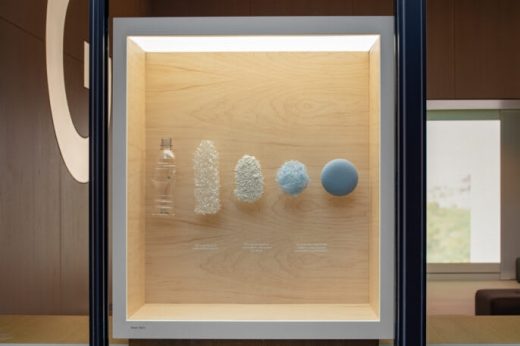Google’s first retail store is the anti-Apple
Twenty-two years into its existence, Google is finally launching its first brick-and-mortar store tomorrow morning.
Housed on the ground floor of Google’s New York headquarters in Chelsea, the store will be a place to explore and purchase Google’s hardware, including Pixel phones and Nest devices, as well as bring products in for repair. But it will also be a lot more than that, according to Ivy Ross, Google’s VP of hardware design, UX and research, who also served as the creative director of the Google Store. It will be a place for consumers to immerse themselves in Google’s universe and understand how the company sees its technology fitting into our lives. “This space is designed to be a physical expression of what Google stands for,” Ross says.
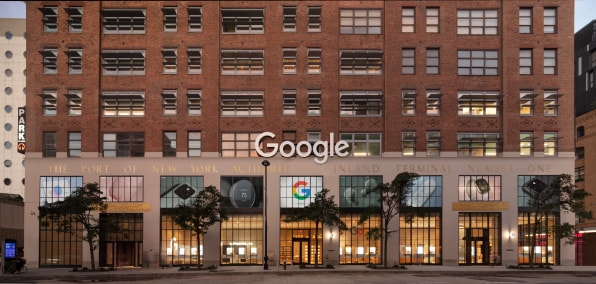
The store is a 5,000-square-foot space that takes up a full city block, with large windows that dapple the wood floors with sunlight. While many tech stores, including Apple and Tesla, are designed to look futuristic, with a color palette of stark white and metallic gray, the Google Store has a much more natural aesthetic, showcasing furniture and flooring made from pale wood. This was a deliberate choice. “We wanted the space to continue the design principles that radiate from our product,” Ross says. “Our philosophy is that technology must fit into our lives, not stand out. We want this space to feel human because we believe that technology is a tool to amplify our possibilities as humans.”
The space ends up feeling more like an interactive museum or an exploratorium than a retail store. There’s a wall featuring every single product within the Nest family, with the name of the object underneath, like you might see at a natural history museum. In the middle, there’s furniture designed to mimic a particular room of the house, from the children’s playroom to the kitchen, interspersed with Google hardware. And along the windows, there are 18 “discovery boxes” featuring 3D animations that tell stories about a particular Google product, like the recycled materials that go into the Nest speakers.
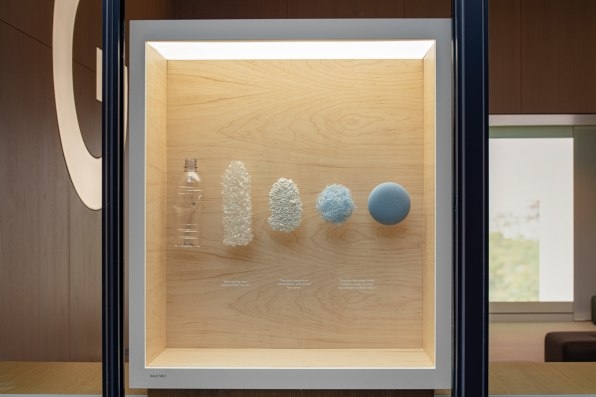
One of the most compelling areas is a large installation in the middle that allows visitors to immerse themselves in an aspect of Google’s software by stepping into a small room surrounded by three enormous LED screens. Right now, the exhibit is focused on Google Translate: You can say a phrase, which is then translated into 24 languages that appear on the screens and are whispered in each language. “When I stand there, I get this incredible feeling of oneness with the universe,” Ross says. This exhibit will change every few months, so in time it could feature artistic explorations of Google Maps or Search.
There are three other rooms toward the back that are described as “sandboxes” because they give customers a chance to play around with different technology. One is for Pixel phones and tablets, another is devoted to gaming, and the third is designed to look like a living room that illustrates how useful Nest products can be. In many ways, the Google Store is a prime example of experiential commerce, meaning it’s not only a place for consumers to test and buy product, but also a destination to have entertaining experiences that help them develop a stronger attachment to the brand. It has been a growing trend over the past five years. “Some brands, I think, are having trouble making the leap toward experiential [retail],” Ross says. “The beauty of this brand is that it is inherently experiential. My job was to bring that beauty to life.”
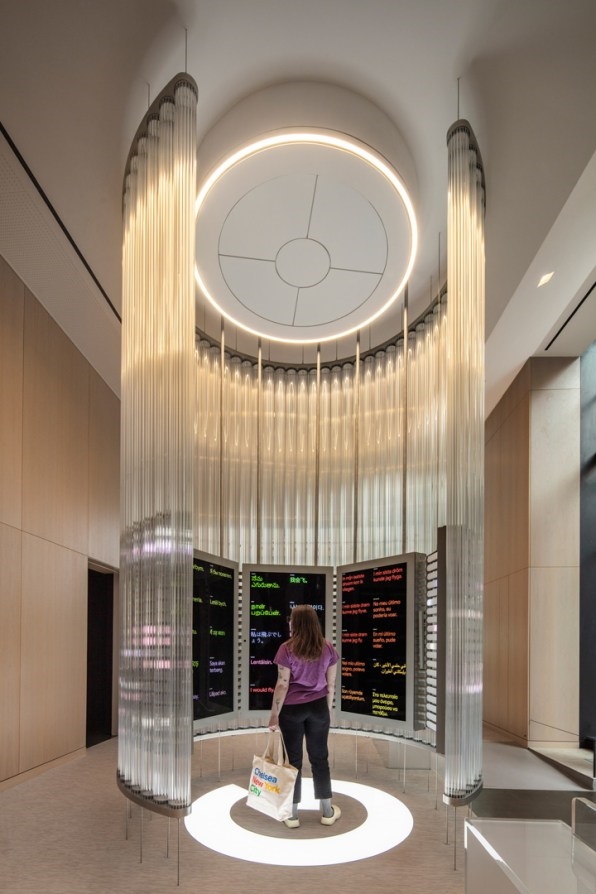
Ross worked closely with the award-winning architect Suchi Reddy, owner of the firm Reddymade, to design and build the space. The two have collaborated in the past on an exhibit for the Milan Design Fair that explored how physical spaces change the way we feel. That exhibit featured research from Johns Hopkins Medical School about the emerging field of neuroaesthetics, which looks at how the aesthetics around us—from color to texture—affect our bodies. “We have agency over what we surround ourselves with, and those choices can enhance our physiology and our mental or physical well-being,” Ross says. That project profoundly shaped how they conceptualized the Chelsea store.
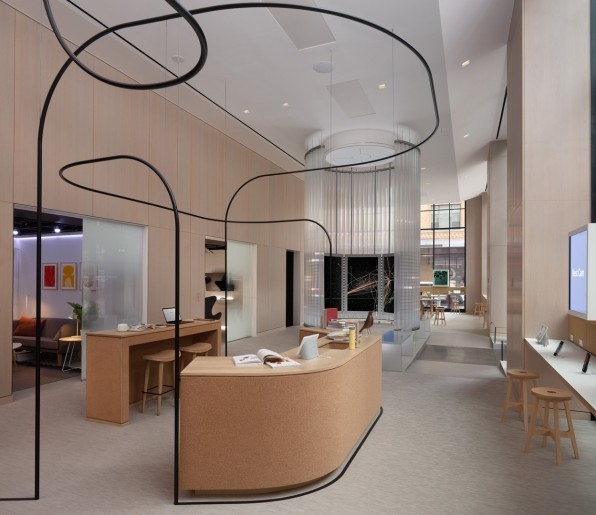
Will the Google Store be a runaway success? It’s not at all clear, says Avi Greengart, lead analyst at the analytics firm Techsponential. Rolling out a retail store is an expensive and complex endeavor for a tech company, from investing in pricey real estate to training retail staff who will represent the brand. Greengart points out that Google has lessened some of this risk by building its first store in a building it already owns and where employees can keep a close eye on what is going on. “This seems like a trial balloon,” he says. “It is not an announcement that Google is building out a fleet of stores globally, which is what they would need to do to have a serious retail presence.”
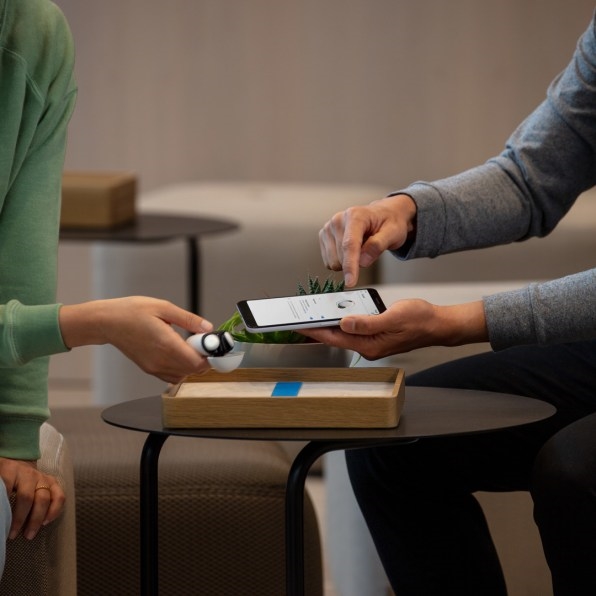
Greengart points to Microsoft as a cautionary tale. In 2009, the company began opening stores around the country to try to replicate Apple’s success, but they weren’t as popular or lucrative as expected, so Microsoft announced last year that it would shutter all 116 of them. Microsoft’s mistake, Greengart argues, was using its stores to try to sell its enormous line of products rather than providing a rich, engaging experience. If it had better curated the products in store and focused on storytelling, it might have had a better chance. “Microsoft was trying to do a little too much,” says Greengart. “On the other hand, Apple excels at creating an experience where you feel like you’re living in the Apple ecosystem. The question is, does Google have a similar story to tell?”
Ross believes that Google does have a compelling story. And over the past seven years, her job at Google has been to tell this story through physical products. The Google Store is, in some ways, the natural extension of her work. “Google began as a search engine,” says Ross. “The public didn’t have a sense of how Google as an entity feels or [what it] stands for. What we want Google to convey to you is that we’re human; and it makes sense for us to give you an embodied experience with the brand through the store.”
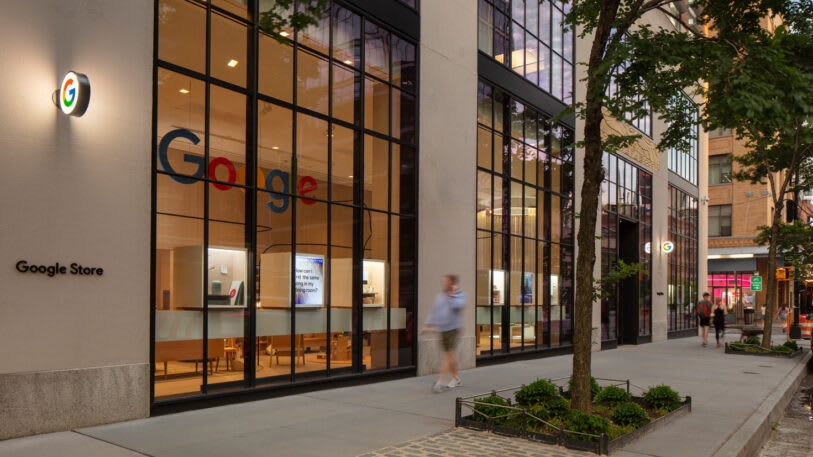
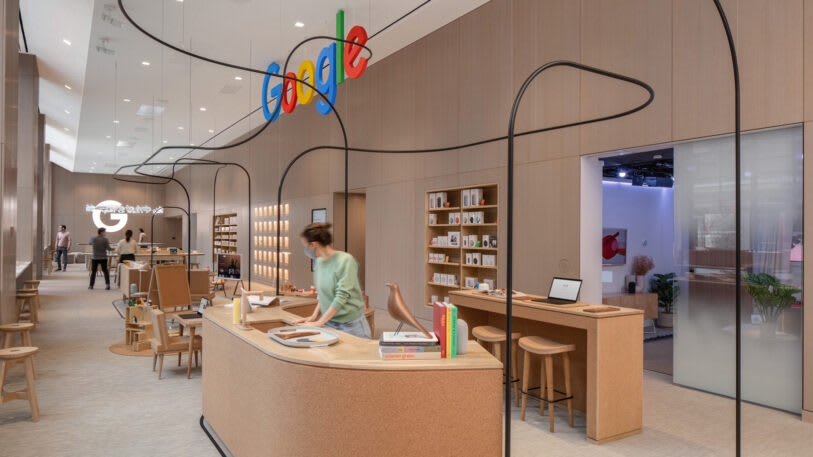
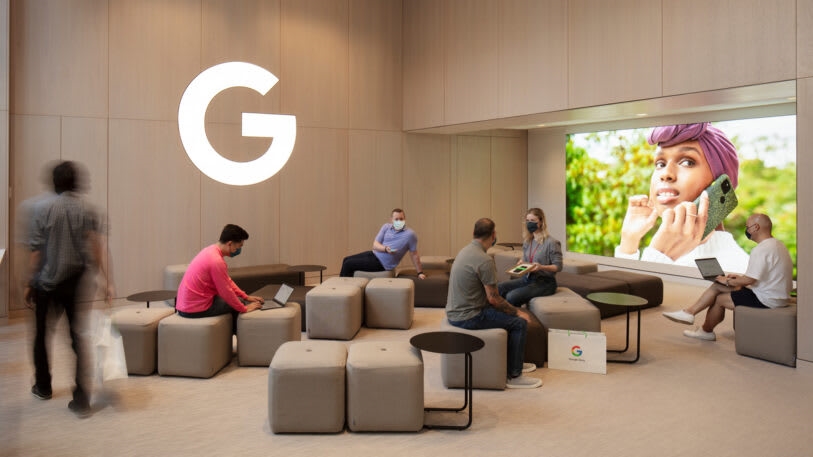
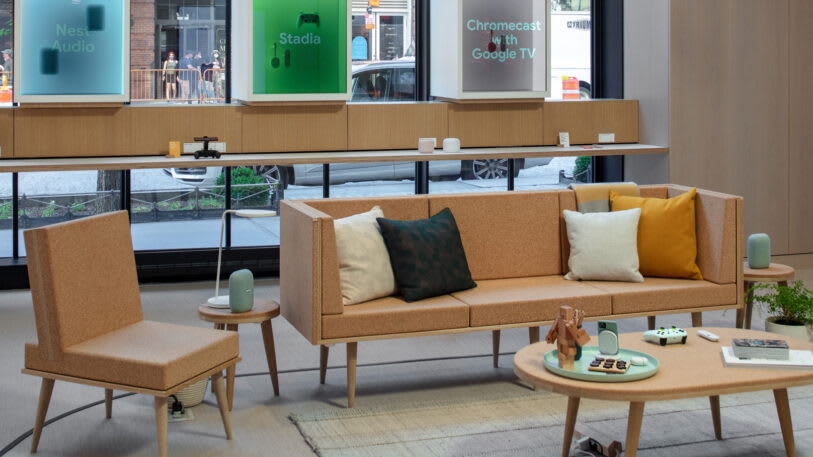
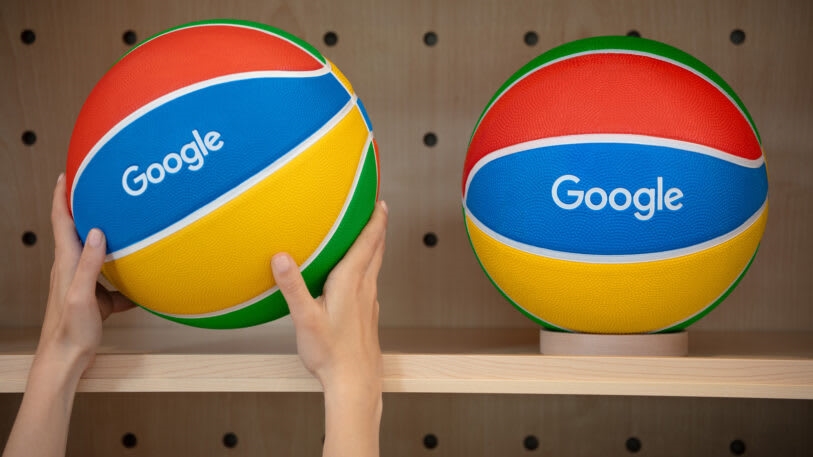
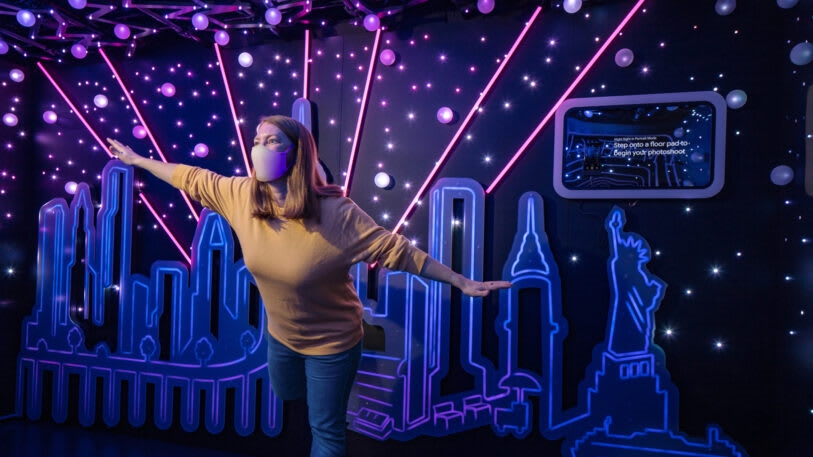
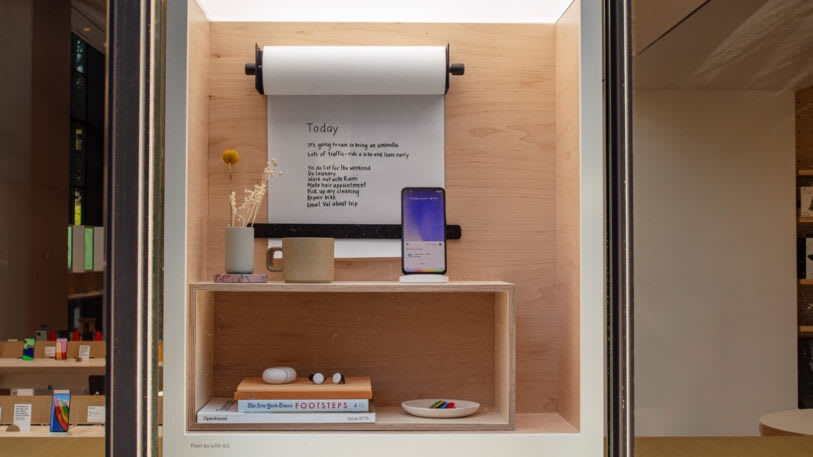
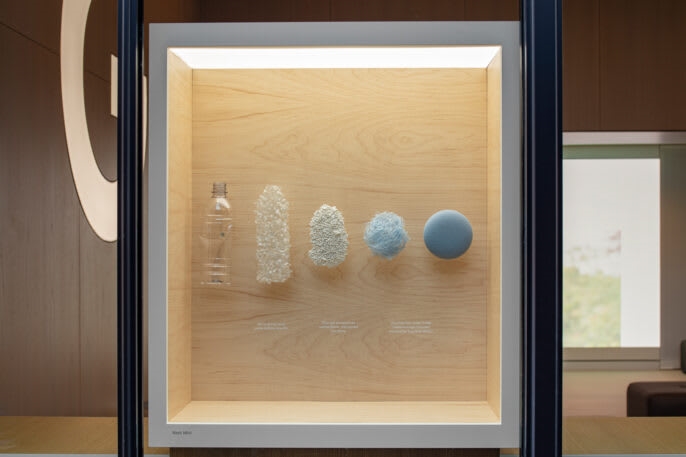
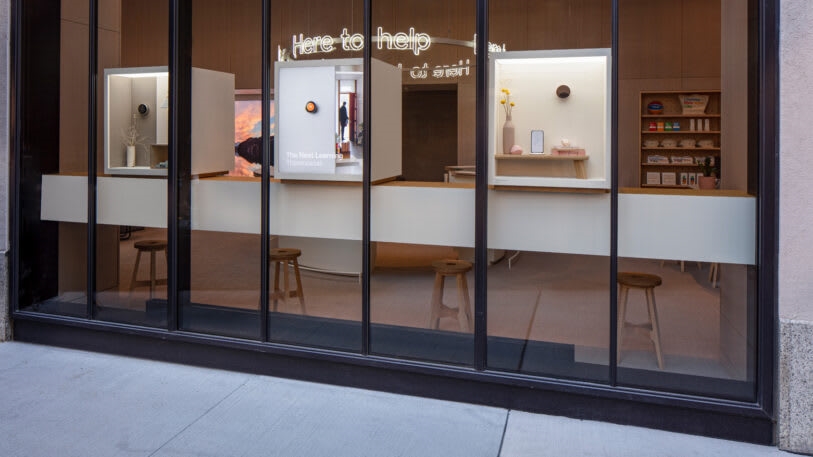
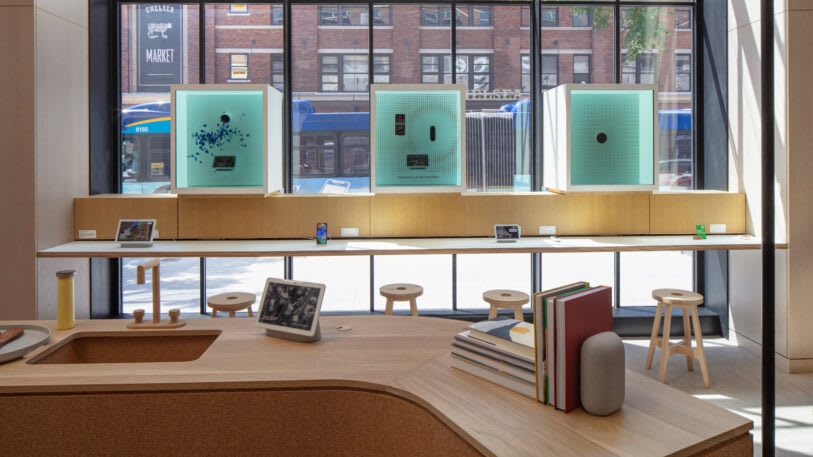
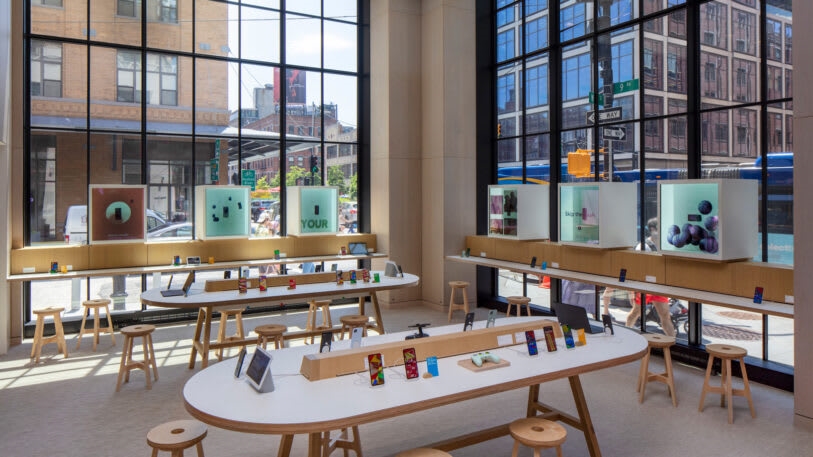
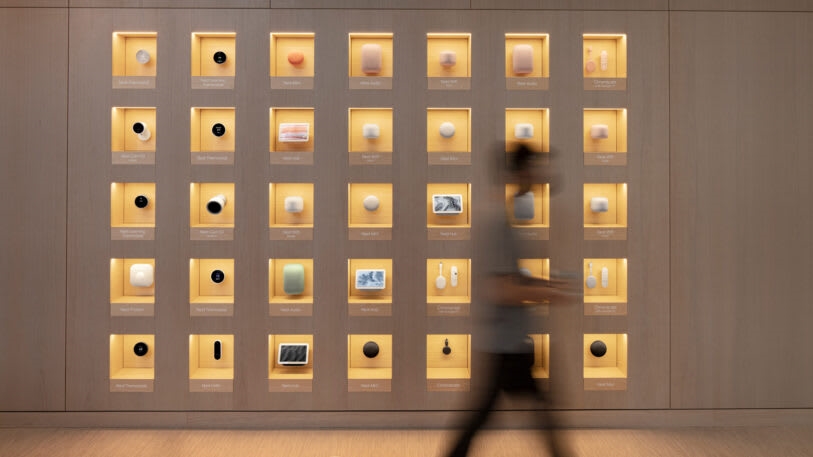
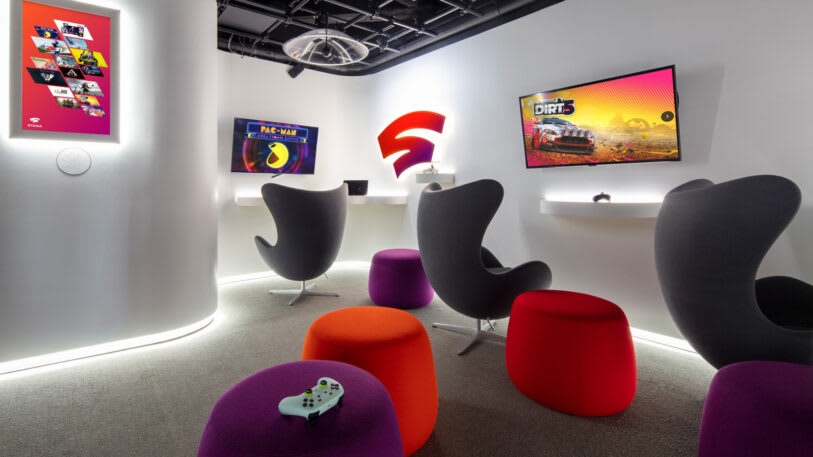
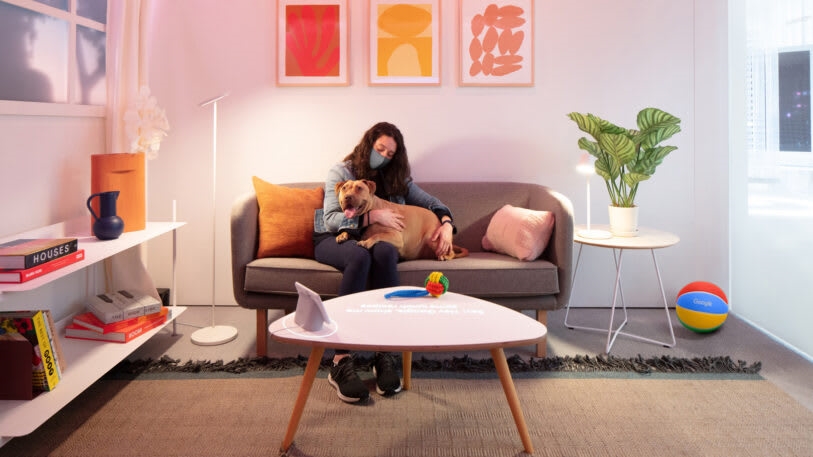
Fast Company , Read Full Story
(54)

